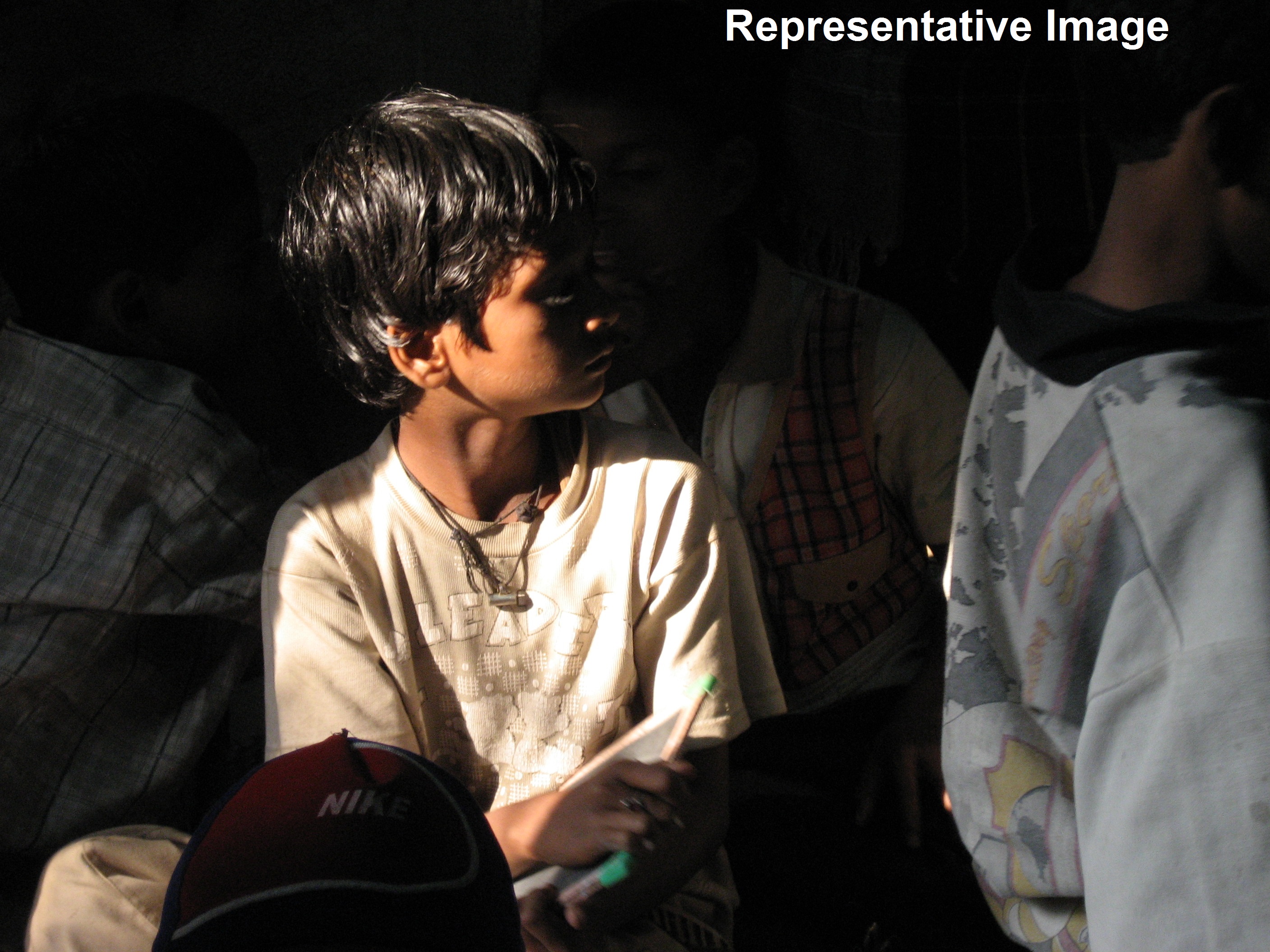Pathri
Pathri
Project Brief: The Pathri project is being managed by the Friends of Doon (FOD) Society with the primary goal of bringing economic changes to the nomadic Gujjars' lives, who were relocated from the Rajaji National Park, by providing basic education and healthcare
Project Type: Working with the Government (description)
Primary Focus: children of dalits/tribals (description)
Supporting Chapter Contact: Silicon Valley
Project Type: Working with the Government (description)
Primary Focus: children of dalits/tribals (description)
Secondary Focus: vocational training
Area: RuralSupporting Chapter Contact:
Status: completed - requirements ended
Project Steward: Durgam Vahia
Project Partner(s): Sameer Gosh
Other Contacts:
Project Address: , The Friends of the Doon, EBD Business Center,49 Rajpur Road,Dehra Doon,
Uttaranchal 248001
Tel: 91-0135-657748
Stewarding Chapter: Silicon Valley
Project Steward: Durgam Vahia
Project Partner(s): Sameer Gosh
Other Contacts:
Project Address: , The Friends of the Doon, EBD Business Center,49 Rajpur Road,Dehra Doon,
Uttaranchal 248001
Tel: 91-0135-657748
Stewarding Chapter: Silicon Valley
| Feb 2004 | Silicon Valley | USD 8330 |
| Feb 2004 | Silicon Valley | USD 0 |
| Dec 2003 | Silicon Valley | USD 5168 |
| Dec 2002 | Silicon Valley | USD 8601 |
| Dec 2001 | Silicon Valley | USD 9800 |
| Dec 1999 | Silicon Valley | USD 7300 |
Total = $39199
The primary goal of the project is to bring economic changes in the lifestyle of the nomadic and illiterate Gujjars by providing basic education and healthcare. The school run by FOD at Pathri is a Hindi medium middle school with classes from grades 1 through 7.
There is also an adult literacy program and vocational training for women. The school has almost 300 students of whom about 50% regularly attend classes. It follows the curriculum prescribed by the Uttaranchal State Board and is recongized by the state education board. This is a major achievement as children who pass out from this school can easily seek admission in other schools for higher studies.
There is also an adult literacy program and vocational training for women. The school has almost 300 students of whom about 50% regularly attend classes. It follows the curriculum prescribed by the Uttaranchal State Board and is recongized by the state education board. This is a major achievement as children who pass out from this school can easily seek admission in other schools for higher studies.
The forest department, that is responsible for the relocation of Gujjars from Rajaji National Park and their resettlement at Pathri, approached FOD. A school complex had been built at the relocation site and for various reasons there was no possibility of the government running a school there in the near future. The department therefore requested FOD to fill this gap by running a school here.
FOD is keen to work with the Gujjars as this, according to them, is the only way to safeguard Rajaji National Park. FOD does plan to with draw form the Pathri project at some stage. Gradually, they would like local community institutions to take over the management of the school and other such initiatives that FOD has undertaken. Througha gradual process of community awareness and empowerment, FOD would like the community to take on increasing responsibility of the school. FOD is now considering introducing fees, at least for some classes. This would be the beginning of greater ownership on part of the community. The organization wants to ensure all round development of the displaced community. In this endeavour, their priority areas of work are education, nutrition, health care and income enhancement.
FOD is keen to work with the Gujjars as this, according to them, is the only way to safeguard Rajaji National Park. FOD does plan to with draw form the Pathri project at some stage. Gradually, they would like local community institutions to take over the management of the school and other such initiatives that FOD has undertaken. Througha gradual process of community awareness and empowerment, FOD would like the community to take on increasing responsibility of the school. FOD is now considering introducing fees, at least for some classes. This would be the beginning of greater ownership on part of the community. The organization wants to ensure all round development of the displaced community. In this endeavour, their priority areas of work are education, nutrition, health care and income enhancement.
The Friends of Doon Society (FOD) is essentially an environment protection NGO that accepts that the interest of the local community has to be safeguarded for any sustainable and replicable environment protection movement. It was formally registered in 1986. FOD~Rs initial objectives were to safeguard the environment of the Doon valley. They were involved with a court case to stop limestone mining in the Musoorie- Dehradun area. They were also involved with regreening the areas that were adversely affected by mining. Since then FOD has been involved with a wide variety of local environmental issues. Since FOD is a Society (and not a trust), it has a governing body that is elected every year. All the current members of the governing body are persons who are retired and have settled in Dehradun. Though there is a formal governing body, there is effectively no hierarchy in the administration of the organization. Members of FOD pick their individual areas of interest and work in those areas. Thus there are members who are involved with the school, others who help in running the dairy development project, still others who conduct environment education in schools in Dehradun and so on.
The project is located within Rajaji National Park.

